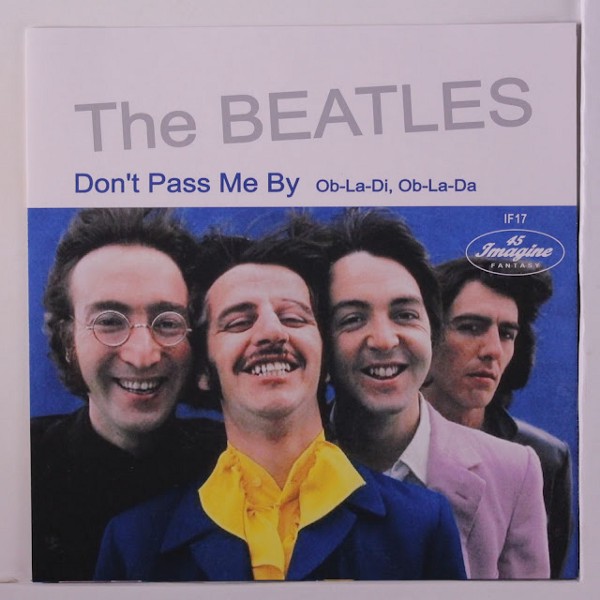How much did Dylan influence The Beatles?
Always intensely competitive, The Beatles monitored the output of their rivals closely. None came close to matching their commercial success but this was not the only criteria that mattered to them. Above all The Beatles wanted to remain ahead of their peers.
Of their direct competitors Bob Dylan loomed largest. Though slightly younger than them, Dylan released his second album The Freewheelin' Bob Dylan in May 1963. From its casual cover to the rebellious themes of its songs ('Blowing in the Wind, Times they are a changing, Masters of War etc) its seemed to throw down the gauntlet to the establishment.
Though many assumed Dylan was posing a political challenge, the deeper resonance was cultural. The key word in the title Freewhelin' expressed seemed like a direct challenge to the previous 'greatest' generation. They had gone to war to defend freedom - here was a young man clearly enjoying it. He had his girl and his guitar - and he wasn't settling down anytime soon.
Paul
For all his disciples on college campuses, The Beatles' record sales dwarfed those of Dylan. In terms of musical influence the relationship was inverse. Paul McCartney, the Beatle least obviously in thrall to Bob, describes the guru master relationship:
“He was our idol... I could feel myself climbing a spiral walkway as I was talking to Dylan. I felt like I was figuring it all out, the meaning of life.”
Despite this adulation, Paul seemed clear-sighted about incorporating elements of Dylan's approach into his songwriting. The most striking change was in a new confidence in expanding the guitar band template. With I"LL FOLLOW THE SUN, for example, Paul took a song he had written in Hamburg in 1960 and experimented with combining acoustic and electric elements.
There was a confidence in his lyric writing, too. After Dylan introduced them to marijuana, Paul wrote a love-letter to the drug, GOT TO GET YOU INTO MY LIFE. In standard Bob fashion, this message was disguised by an allegory he neither confirmed nor denied in interviews.
You can also hear echoes of DESOLATION ROW in PENNY LANE, though characteristically Paul's take is more upbeat. Mercifully his fireman carries 'a portrait of the queen' rather than 'postcards of the hanging'. Dylan perhaps also opened the door to ROCKY RACCOON McCartney's attempt at a traditional American folk tune.
John
John Lennon was clearly unsettled by Bob Dylan, for example. He became very self-critical regarding his previous approach:
“I had a sort of professional songwriter's attitude to writing pop songs,”
This he perceived as as being artistically inferior
started being me about the songs, not writing them objectively, but subjectively. … I'd started thinking about my own emotions. … Instead of projecting myself into a situation, I would try to express what I felt about myself. … It was Dylan who helped me realise that” (Anthology page 158)
The realisation clearly had some tangible benefits - emboldening him to move away from formula songs like RUN FOR YOUR LIFE and into quirkier, more distinctive territory. It's hard to imagine Norwegian Wood without Dylan, for example.
George
What was lost, perhaps, was the infectious energy of the early records that came from a fundamentally optimistic view of the world. When the French called The Beatles the Yeah, Yeahs they meant it as a compliment. 'Yeah, yeah' was the new "Awopbopalubop the sound that had thrilled the adolescent Lennon.



